The Vijayanagar Empire | History for UPSC CSE PDF Download
The Vijayanagar Empire (1336-1646 A.D.)
The Vijayanagara Empire was founded by Harihara and Bukka and the reign was from 1336 A.D to 1646 A.D.
- By the end of the Sultanate Period, Multan and Bengal were the first territories to break away from the Delhi Sultanate and declare independence and many other territories in the Deccan region rose to power.
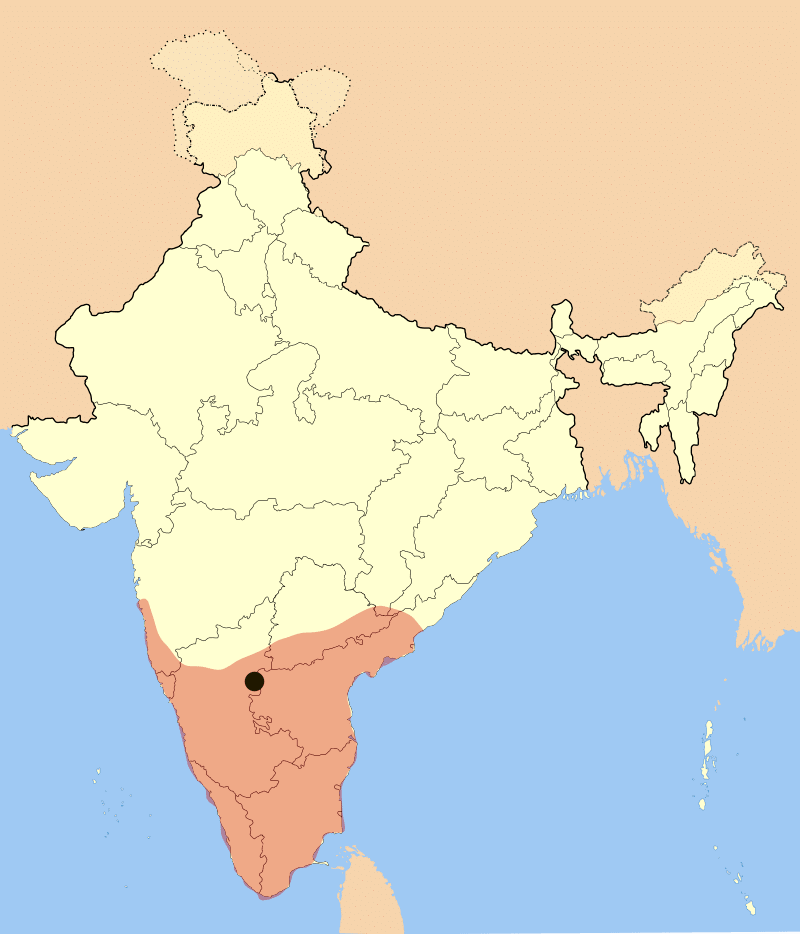
- Harihara and Bukka are the founders of the Vijayanagar City in 1336 A.D. on the southern banks of Tungabhadra
- They made Hampi the capital city.
- They served under Vira Ballala III, the Hoysala King.
- Vijayanagar Empire was ruled by four important dynasties and they are:
- Sangama
- Saluva
- Tuluva
- Aravidu
Harihara I
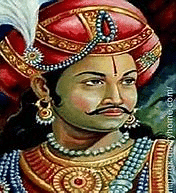
- In 1336 A.D. Harihara I became the ruler of the Sangama Dynasty.
- He captured Mysore and Madurai.
- In 1356 A.D. Bukka-I succeeded him.
Krishnadeva Raya (1509-1529 A.D.)
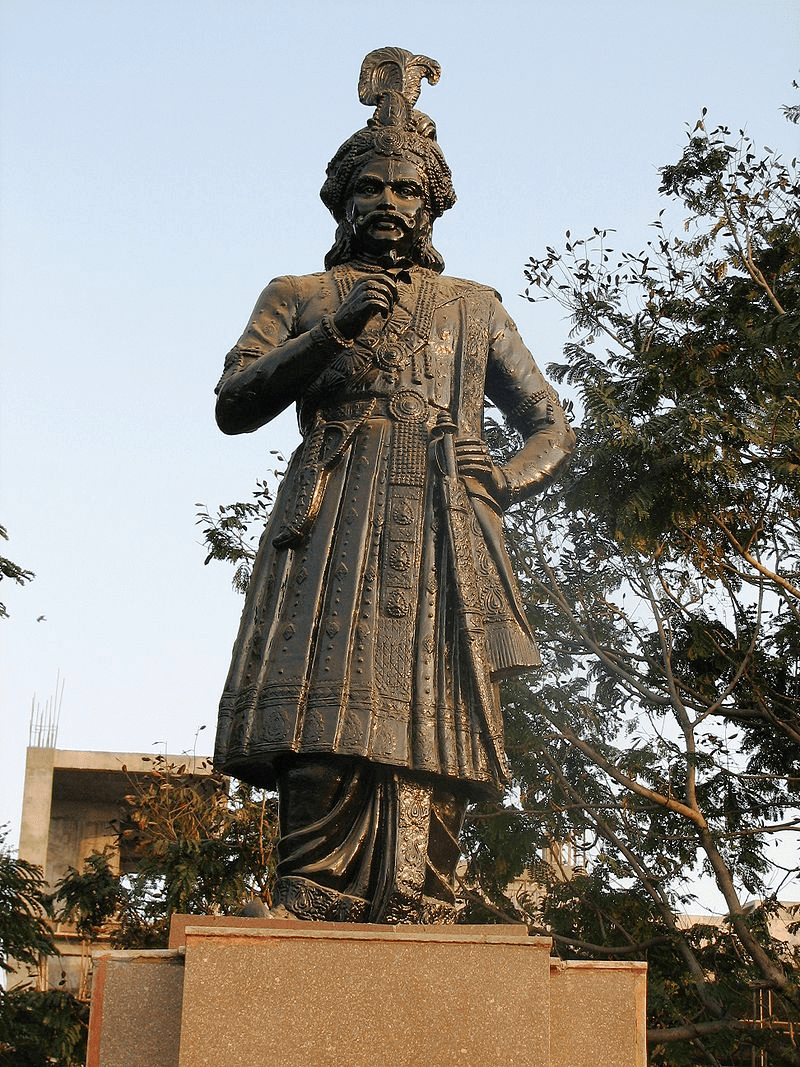
- "He is the most learned and perfect king that could be.
- He is a great ruler and a man of great justice"—Domingo Paes.
- He defeated the rebellious chief of Ummattur, the Gajapati king Prataprudra of Orissa, the Adil Shahi sultan Yusuf Adil his son Ismail Adil and so on.
- By his successive conquests, the whole of the Raichur Doab passed into the hands of Vijayanagar.
- He successfully invaded Gulbarga and Bidar and restored the puppet Bahamani sultan to the throne.
- To commemorate this act of restoration of the Bahamani monarchy, he assumed the title of Kavanarajya Sthopanacharya.
- He concluded a series of treaties with the Portuguese.
- His relations with the Portuguese were governed by two factors: Common enmity with Bijapur and the supply of imported horses by the Portuguese to Vijayanagar.
- His political ideas are contained in his Telegu work Amuktamalayada. As a great patron of literature, he was known as Abhinava Bhoja.
- For Telegu, it was an age of great poets and eight of them known as Ashta Diggajas adorned the court of Krishnadeva Raya.
- Among these poets, Peddana was personally honoured by the emperor for his proficiency in Sanskrit and Telegu.
- He is honoured as Andhra Pitamaha. He founded the town Nagalpur near Vijayanagar.
Krishnadeva Raya‘s Conquests
- He conquered Sivasamudram in 1510 A.D. and Raichur in 1512 A.D.
- In 1523 A.D., he captured Orissa and Warangal.
- His empire extended from the river Krishna in the north to River Cauvery in the south; the Arabian Sea in the west to the Bay of Bengal in the east.
His Contributions
- An able administrator.
- He built large tanks and canals for irrigation.
- He developed naval power understanding the vital role of overseas trade.
- He maintained friendly relations with the Portuguese and Arab traders.
- He increased the revenue of his government.
- He patronized art and architecture.
- It was during his period the Vijayanagar Empire reached its zenith of glory.
- Krishnadeva Raya was a great scholar.
- Ashtadiggajas: A group of eight scholars adorned his court and they were:
- Allasani Peddanna – the author of Manucharitram, he was also known as Andhra Kavitapitamaha
- Nandi Thimmana – the author of Parijathapaharanam
- Madayagari Mallana
- Dhurjati
- Ayyalaraju Ramabhadra Kavi
- Pingali Surana
- Ramaraja Bhushana
- Tenali Ramakrishna
Battle of Talikota (1565 A.D.)

- The successors of Krishnadeva Raya were weak.
- The combined forces of Ahmednagar, Bijapur, Golconda, and Bidar declared war on Vijayanagar during the rule of Aliya Rama Raya. Aliya Rama Raya was defeated.
- He and his people were killed mercilessly. Vijayanagar was pillaged and ruined.
Vijayanagar-Bahmani Conflict

- Background:
- Initiated in 1367 A.D. during the reign of Bukka-I.
- Conflicts in three key regions:
- The Tungabhadra doab
- Krishna-Godavari delta
- Marathwada country
- Vijayanagar Expansion:
- Under Harihara-II, Vijayanagar expanded towards the eastern seacoast.
- Alliance formed between Bahamani kingdom and Warangal posed a challenge.
- Devaraya-I's Reign:
- Renewed conflict for Tungabhadra doab.
- Shattered defeat inflicted on Firuz Shah, annexing territory up to the mouth of the Krishna.
- Devaraya-II's Rule:
- Greatest ruler of Sangam dynasty.
- Strengthened army by incorporating more Muslims.
- Confusion after his death.
- Bahmani Sultan Ahmad-I Invasion:
- Invasion in Raichur Doab.
- Outcome is controversial, but shift of Bahmani capital to Bidar suggests some success for Devaraya.
- Succession and Usurpation: Usurpation of throne by king’s minister, Saluva Narasimha.
- Tuluva Krishnadeva Raya:
- Considered greatest Vijayanagar ruler.
- Notable for military achievements.
- His death led to a succession struggle.
- Rama Raya's Influence:
- During the reigns of Achyutadeva and Venkata, Sadasiva Raya ascended the throne.
- Real power held by Rama Raya, Krishnadeva Raya’s son-in-law.
- Rama Raya's Diplomacy:
- Played various Muslim powers against each other.
- Commercial treaty with Portuguese impacting Bijapur ruler’s horse supply.
- Wars and Defeats:
- Defeated Bijapur ruler in wars.
- Allied with Bijapur to defeat Golconda and Ahmadnagar.
- Suffered a crushing defeat at Banihatti (1565 A.D.), also known as the Battle of Rakshashatangadi.
- Outcome: The Battle of Banihatti marked the downfall of Vijayanagar.
The Glories of the Vijayanagar Empire
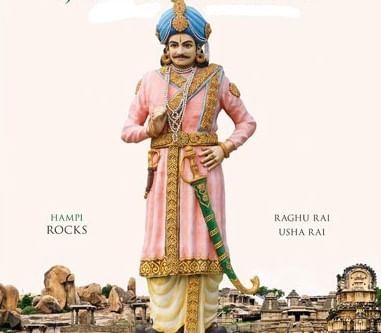
Administration
- Well-organized administrative system
- The king was head of all powers in the state.
- Council of Ministers – to assist the King in the work of administration.
- The Empire was divided into six Provinces.
- Naik – a Governor who administered each Province.
- The provinces were divided into districts and the districts were further divided into smaller units namely villages.
- The village was administered by hereditary officers like accountants, watchmen, the weights men, and officers in charge of forced labour.
- Mahanayakacharya: He is an officer and the contact point between the villages and the Central administration.
The Army
- The army consisted of infantry, cavalry, and elephantry.
- The commander-in-chief was in charge of the army.
Revenue Administration
- Land revenue was the main source of income
- The land was carefully surveyed and taxes were collected based on the fertility of the soil.
- Major importance was given to agriculture and to building dams and canals.
Judicial Administration
- The king was the supreme judge.
- Severe punishments were given to the guilty.
- Those who violated the law were levied.
Position of Women
- Women occupied a high position and took an active part in the political, social, and literary life of the empire.
- They were educated and trained in wrestling, in the use of various weapons of offence and defence, in music and fine arts.
- Some women also received an education of high order.
- Nuniz writes that the kings had women astrologers, clerks, accountants, guards and wrestlers.
Social life
- Society was systemized.
- Child marriage, polygamy, and sati were prevalent.
- The kings allowed freedom of religion.
Economic conditions
- Controlled by their irrigational policies.
- Textiles, mining, metallurgy perfumery, and other several industries existed.
- They had commercial relations with, the islands in the Indian Ocean, Abyssinia, Arabia, Burma, China, Persia, Portugal, South Africa, and The Malay Archipelago.
Contribution to Architecture and Literature
- The Hazara Ramasami temple and Vittalaswamy temple was built during this period
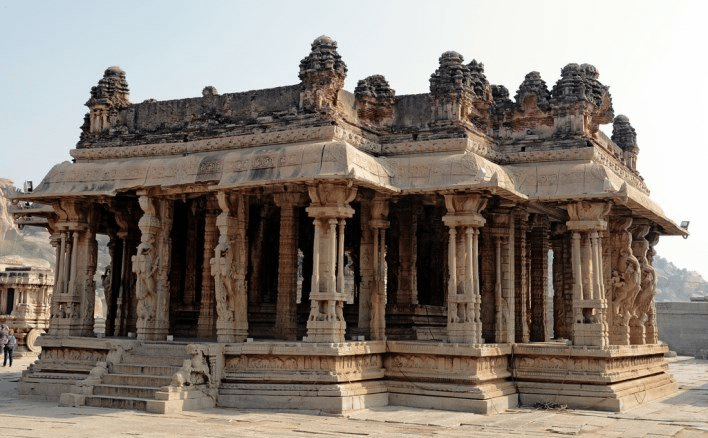
- The bronze image of Krishnadeva Raya is a masterpiece.
- Sanskrit, Tamil, Telugu, and Kannada literature were developed.
- Sayana wrote commentaries on Vedas.
- Krishnadevaraya wrote Amuktamalyada in Telugu and Usha Parinayam and Jambavathi Kalyanam in Sanskrit.
Sources of Vijaynagar Empire
Inscriptions
- Bagapellsi Copper Plate Inscription of Harihara-I tells us about his achievements.
- Bitragunta Grants of Sangama-II gives us the genealogy of the five Sangam brothers responsible for the foundation of the Vijayanagar empire.
- Channarayapateena inscription of Harihara-II states that Bukka-I was successful in conquering several areas.
- Srirangam Copper Plates of Devaraya-II list out the various achievements of the ruler.
- Devulappali Copper plates of Immadi Narasimha give up the genealogy of the Saluva dynasty.
Numismatics

- They issued a large number of gold coins, called “Varahas”.
- On the obverse, they contain various Hindu deities and animals like bull, elephant, and the fabulous ‘Gandaberunda’.
- On the reverse, they contain the king’s name either in Nagari or Kannada script.
- Some quarter varahas of Deva Raya-II describe him as ‘Gajabenta-Kara’
Literary Works
- “Amuktamalyada” of Krishna- Deva Raya enables us to know about the polity and political ideas of the Vijayanagar rulers.
- “Maduravijayam” of Gangadevi deals with Kampa’s conquest of Madurai during the reign of Bukka-I
- “Saluvabhyudayam” of Rajanatha Dindiam was a historical eulogy of the Saluva dynasty.
- “Gangadasa Pralapa Vilasam”, a drama, deals with the capture of Vijaynagar city by Bahamanis and Gajapathis of Orissa after the death of Devaraya-II.
- “Manucharitam” of Allasari Peddana gives us a detailed account of the social conditions, particularly the caste system, of the Vijayanagar empire.
- Foreign Traveller’s Accounts
- Ibn Battuta, the Moroccan traveller, has left a good account of the Vijayanagar empire under
Points To Be Remembered
Deva Raya:
- Great builder and patron of poets.
- Presided over literary disputations.
- Telugu poet Srinatha praised, and showered in golden tanks.
- Mughal emperor Babur described Krishnadeva Raya as the most powerful ruler of India.
Vijayanagar Empire's Foundation:
- Founded in 1336 A.D. by Harihara and Bukka of the Sangam dynasty.
- Originated from the service to the Kakatiya ruler of Warangal.
Administrative Structure:
- Each province governor contributed men and money to the central government.
- The central government received only half of the kingdom's income.
- Brothels generated revenue, with a portion allocated to pay policemen.
Expansion and Political Events:
- Hoysala kingdom dissolved, enabling Vijayanagar expansion.
- By 1346, the entire Hoysala kingdom was under Vijayanagar rule.
- Bahmani sultan entered Vijayanagar territories in 1367 A.D.
- Rama Raya's attempt to become a de facto ruler was foiled by Saluva Vira Narasimha.
Religious and Cultural Aspects:
- Sangama brothers returned to Hinduism from Islam.
- Venkata-II allowed the Portuguese to establish churches at Vellore.
- Krishnadeva Raya withdrew the marriage tax.
Notable Figures and Conquests:
- Gangadevi wrote "Madhuravijayam" on Kampana's conquest of Madurai.
- Yusuf Adil Shahi was killed by Krishnadeva Raya in the Battle of Kovilkonda.
- Muhammad Adilshah built the Gol Gumbaj at Bijapur.
- Mahmud Gawan was the Vakil and wazir of Bahmani Sultan Muhammad Shah-III.
Economic Activities:
- Black pepper was widely exported from the Vijayanagar empire.
- Reddis contributed to the material prosperity of the land.
Social and Cultural Practices:
- Domingo Paes noted the respectable position of 'Devadasis' in Vijayanagar society.
- Military chiefs of Vijayanagar called Nayaks.
- Nayakar system involved granting Amaram to Nayakas in lieu of salaries.
Shifts and Changes:
- Venkata-II shifted headquarters to Chandragiri.
- Calicut was the most important port on the Malabar coast during a specific period.
Miscellaneous:
- "Gajabentkara" is used to describe Deva Raya-II.
- Acrobats known as dombaras.
- Tottiyans or kambalattas, originally shepherds, became petty Paraigars in the south.
- Kalipendra founded the Gajapati dynasty of Orissa.
- Besabaga, the sale of human beings, was not unknown.
- Kaikkolas, weavers around temple precincts.
|
110 videos|652 docs|168 tests
|
FAQs on The Vijayanagar Empire - History for UPSC CSE
| 1. What was the duration of the Vijayanagar Empire? |  |
| 2. Who were the notable rulers of the Vijayanagar Empire? |  |
| 3. When did the Battle of Talikota take place? |  |
| 4. What was the Vijayanagar-Bahmani Conflict? |  |
| 5. What were the major contributions of the Vijayanagar Empire? |  |

















